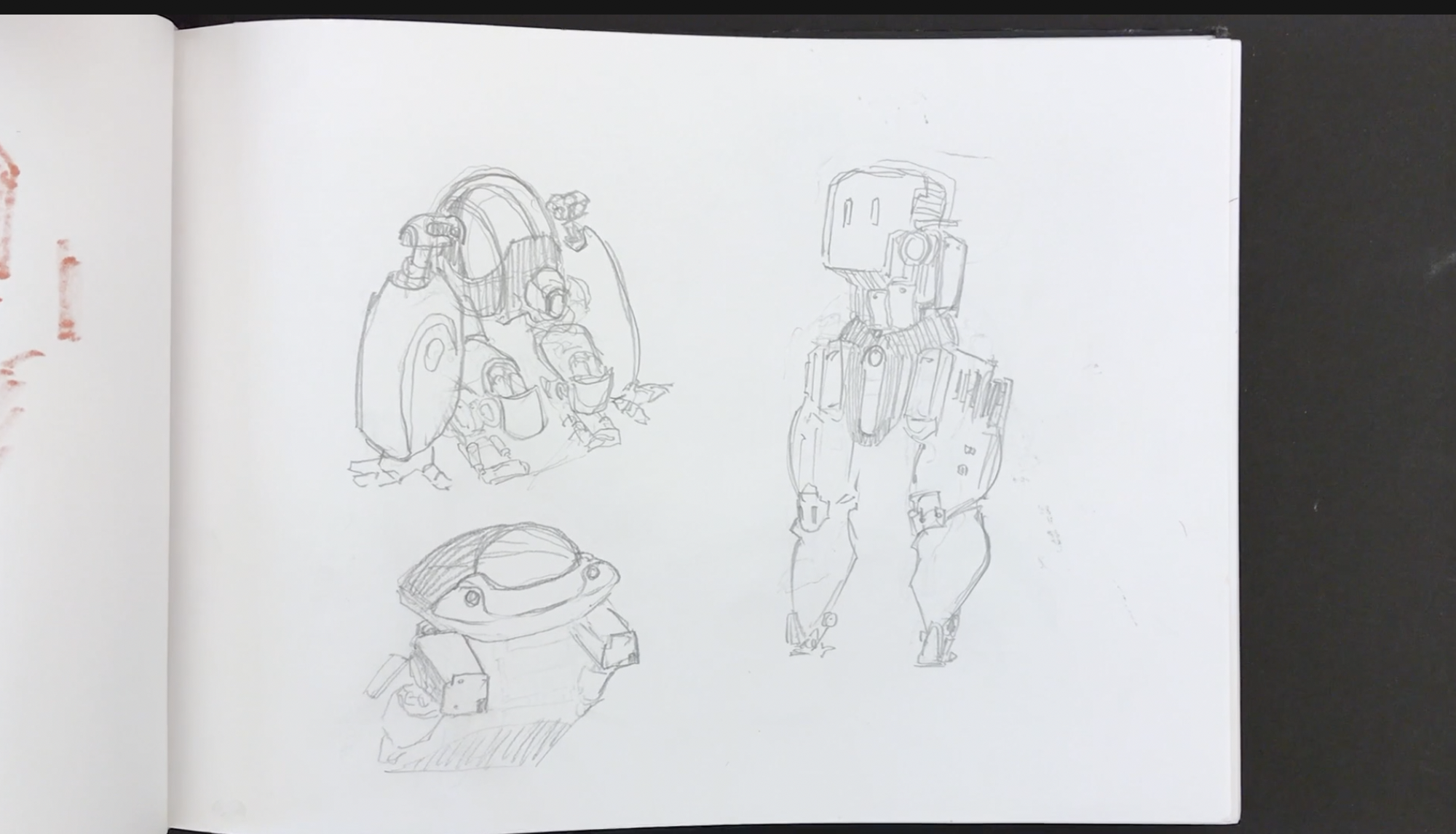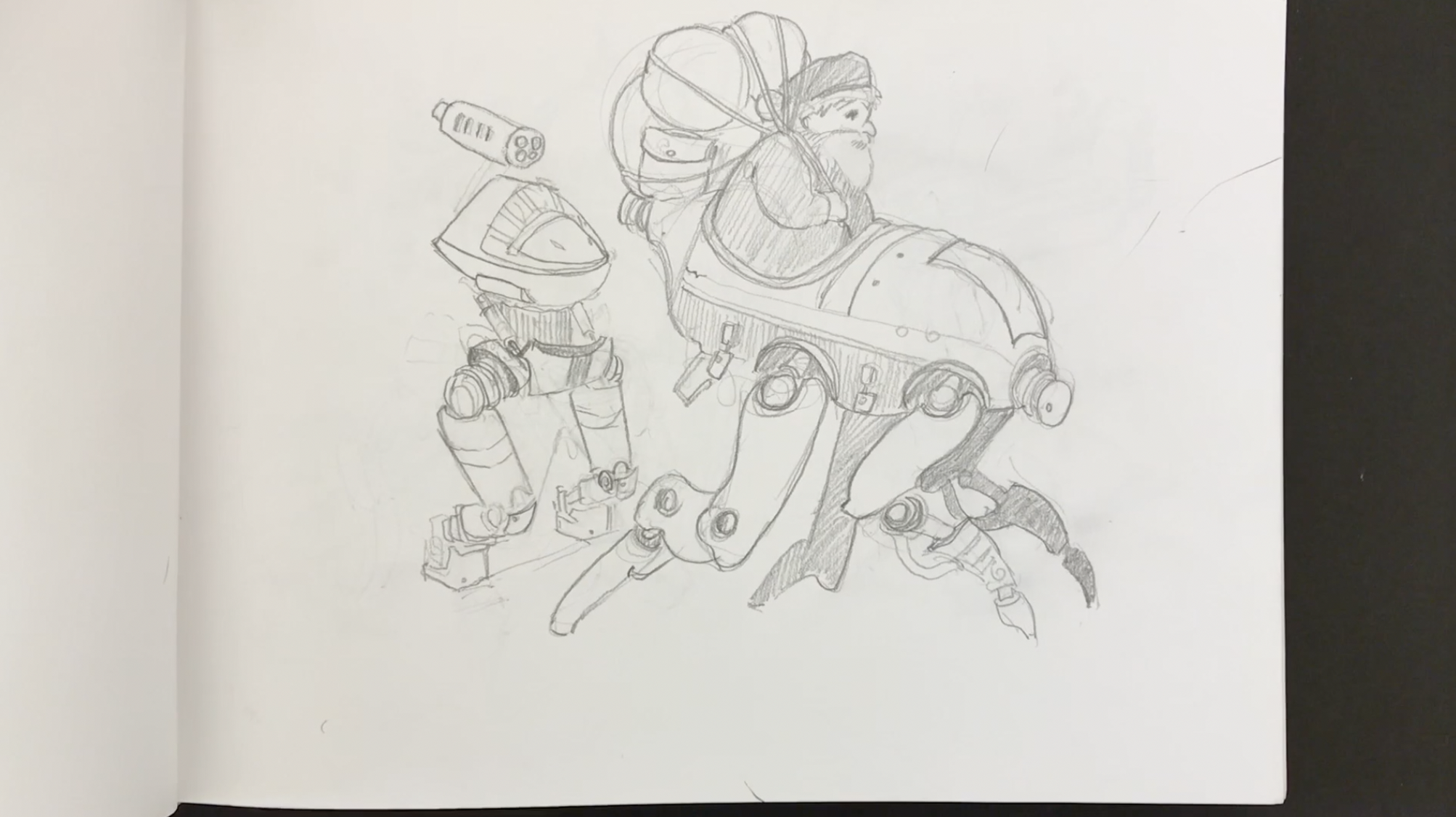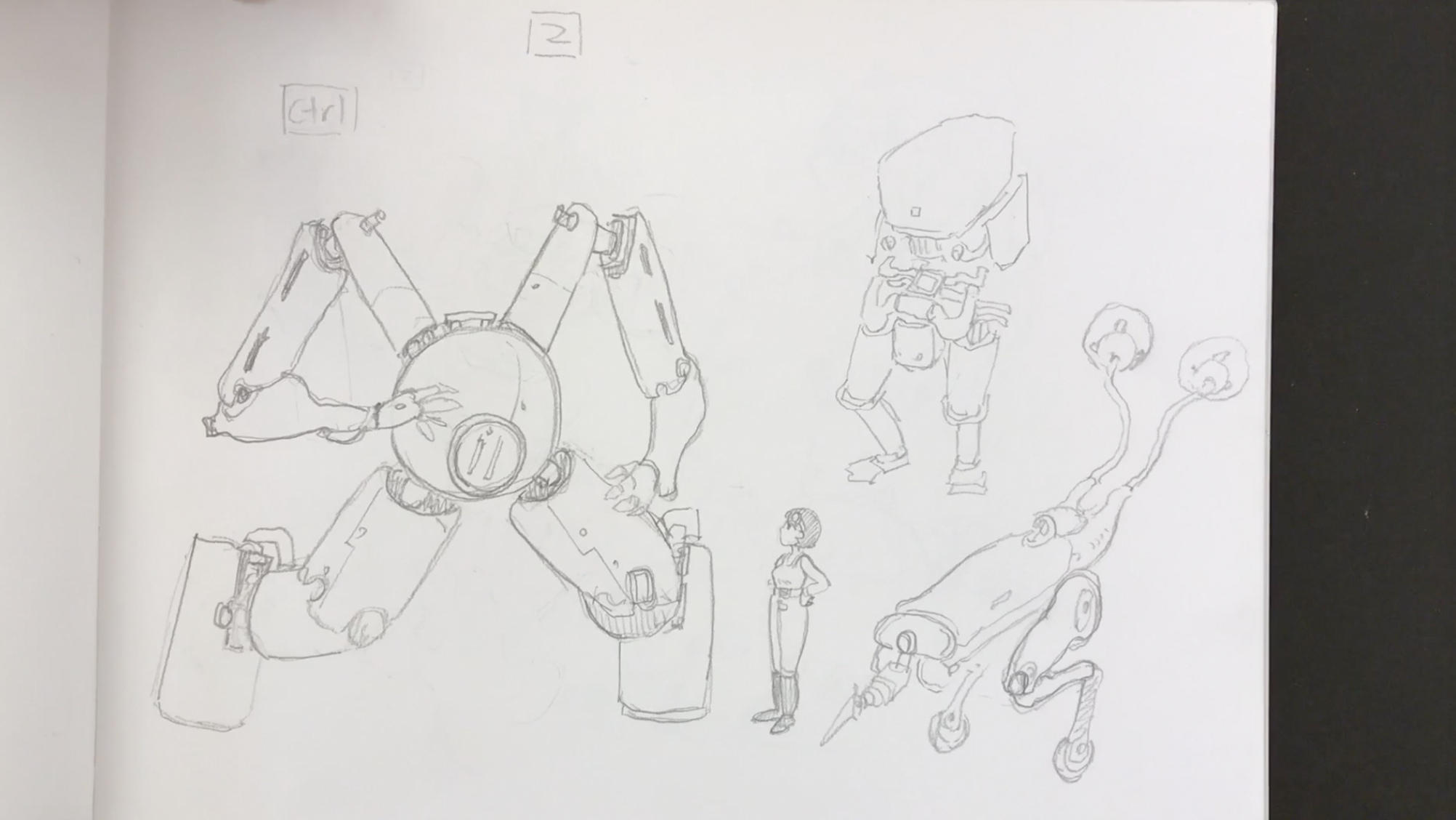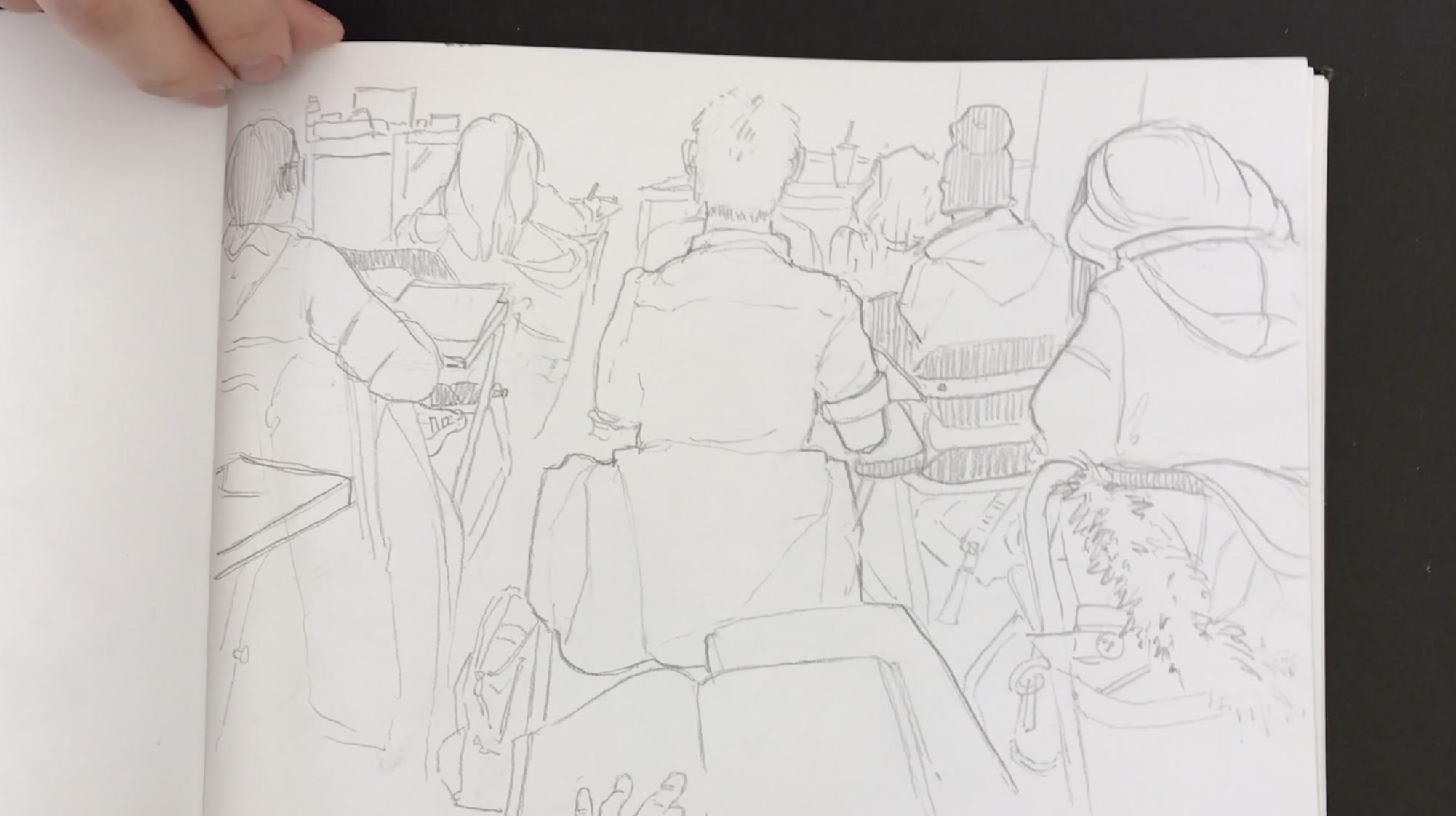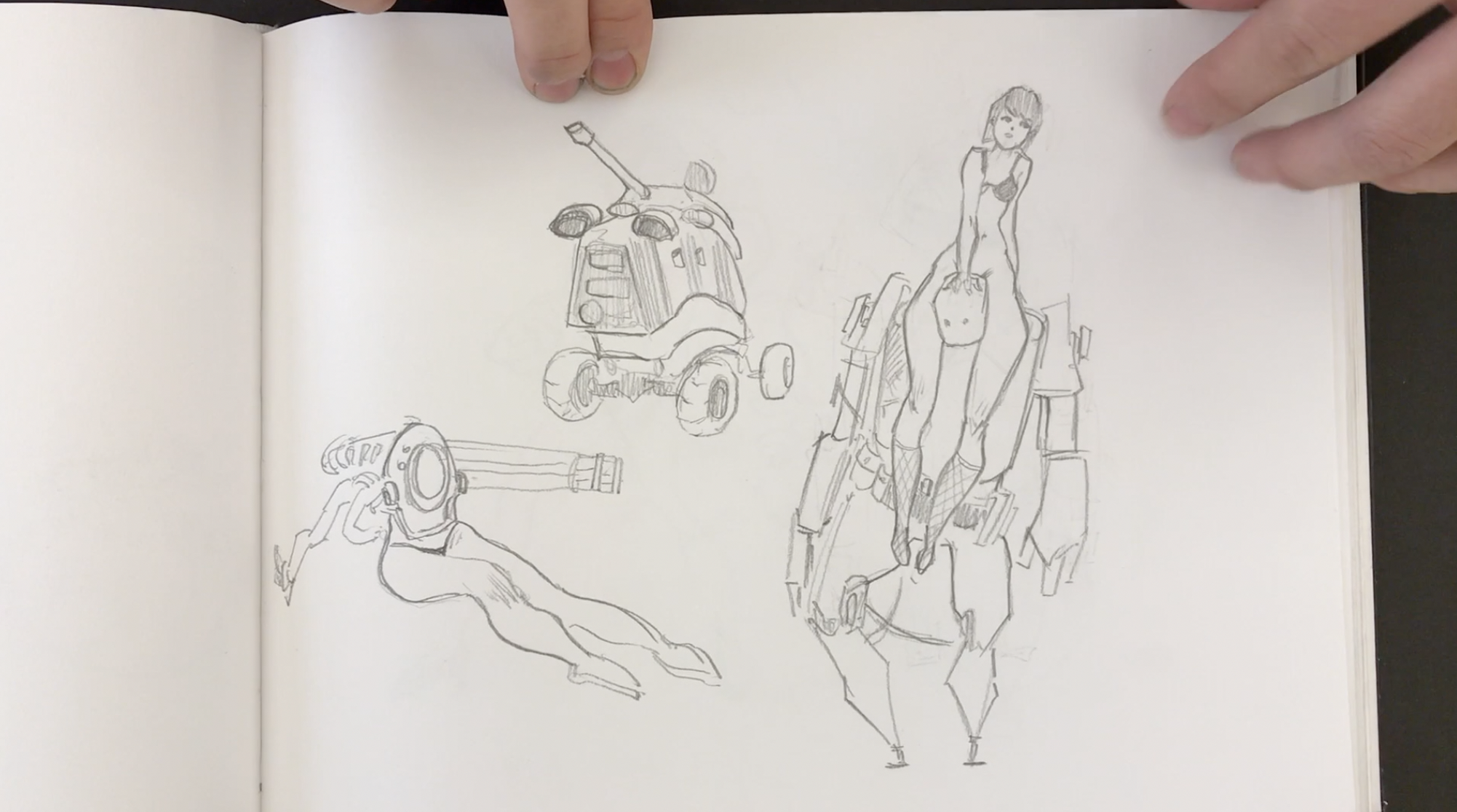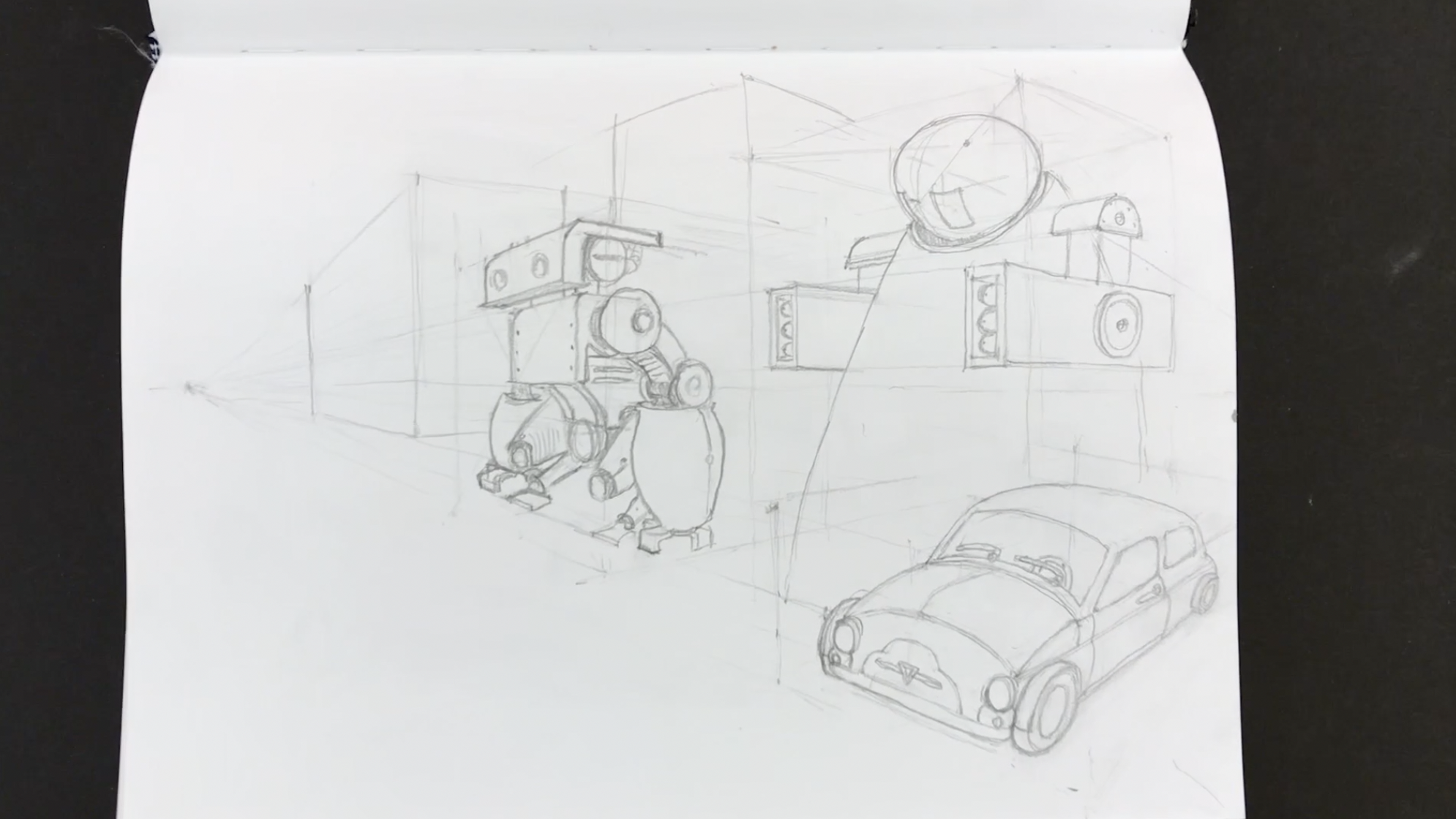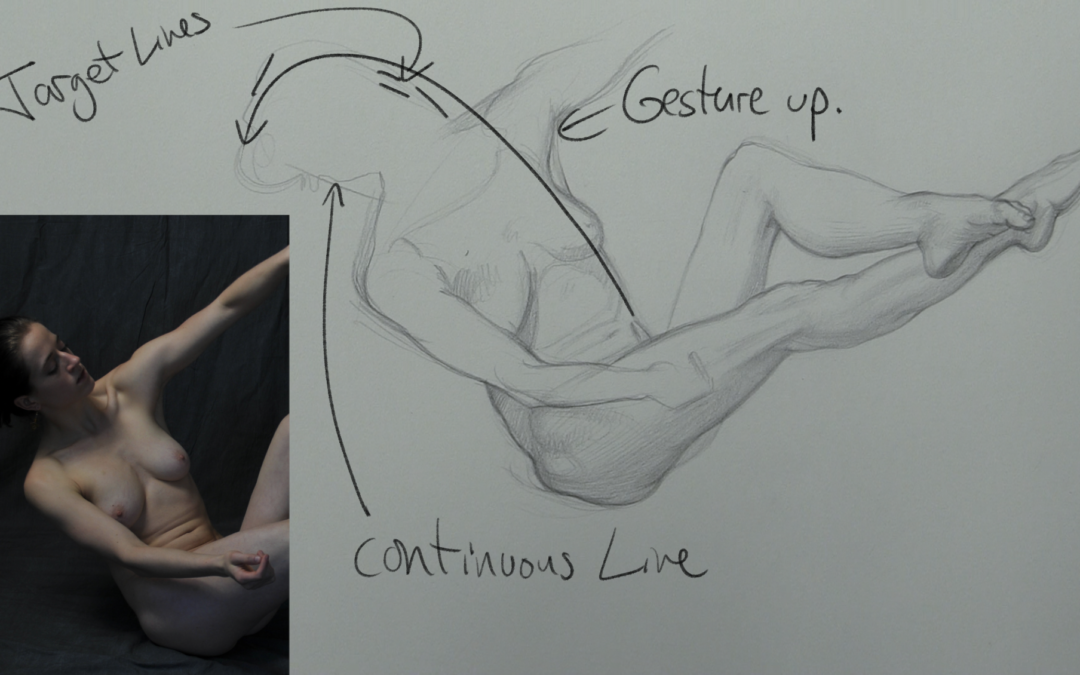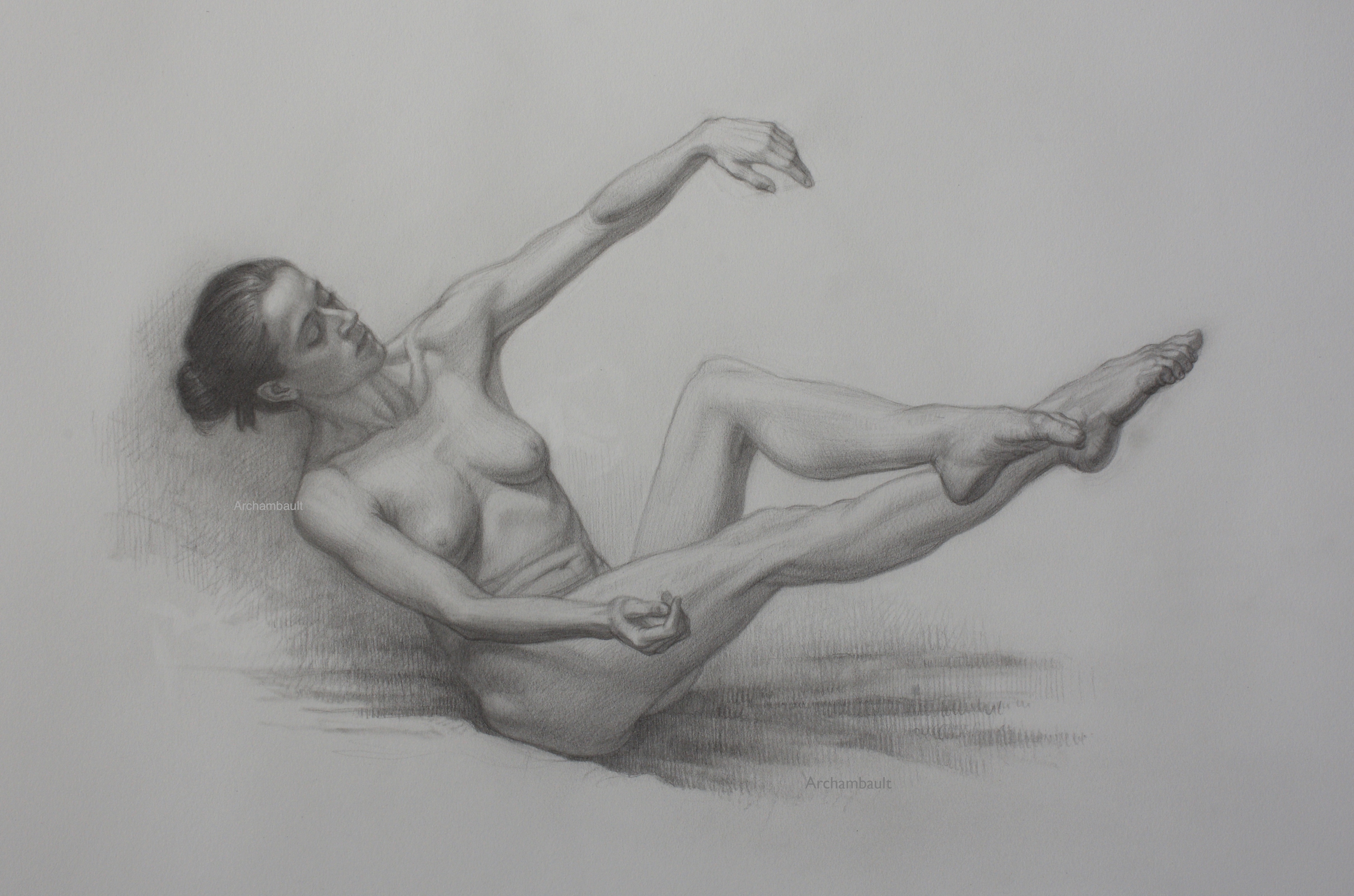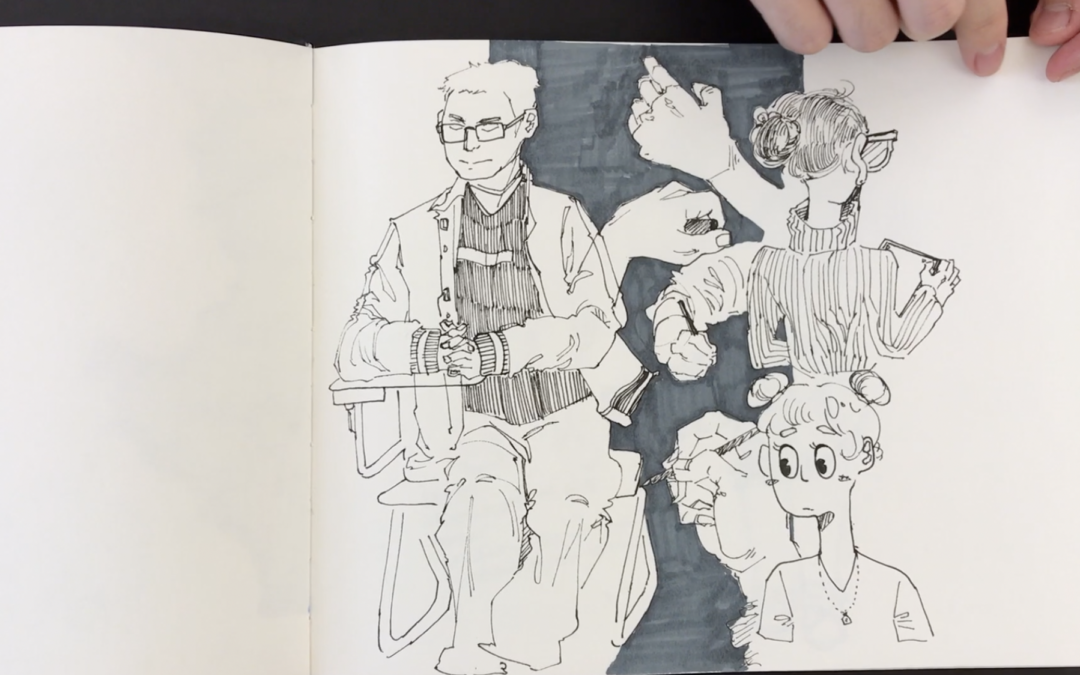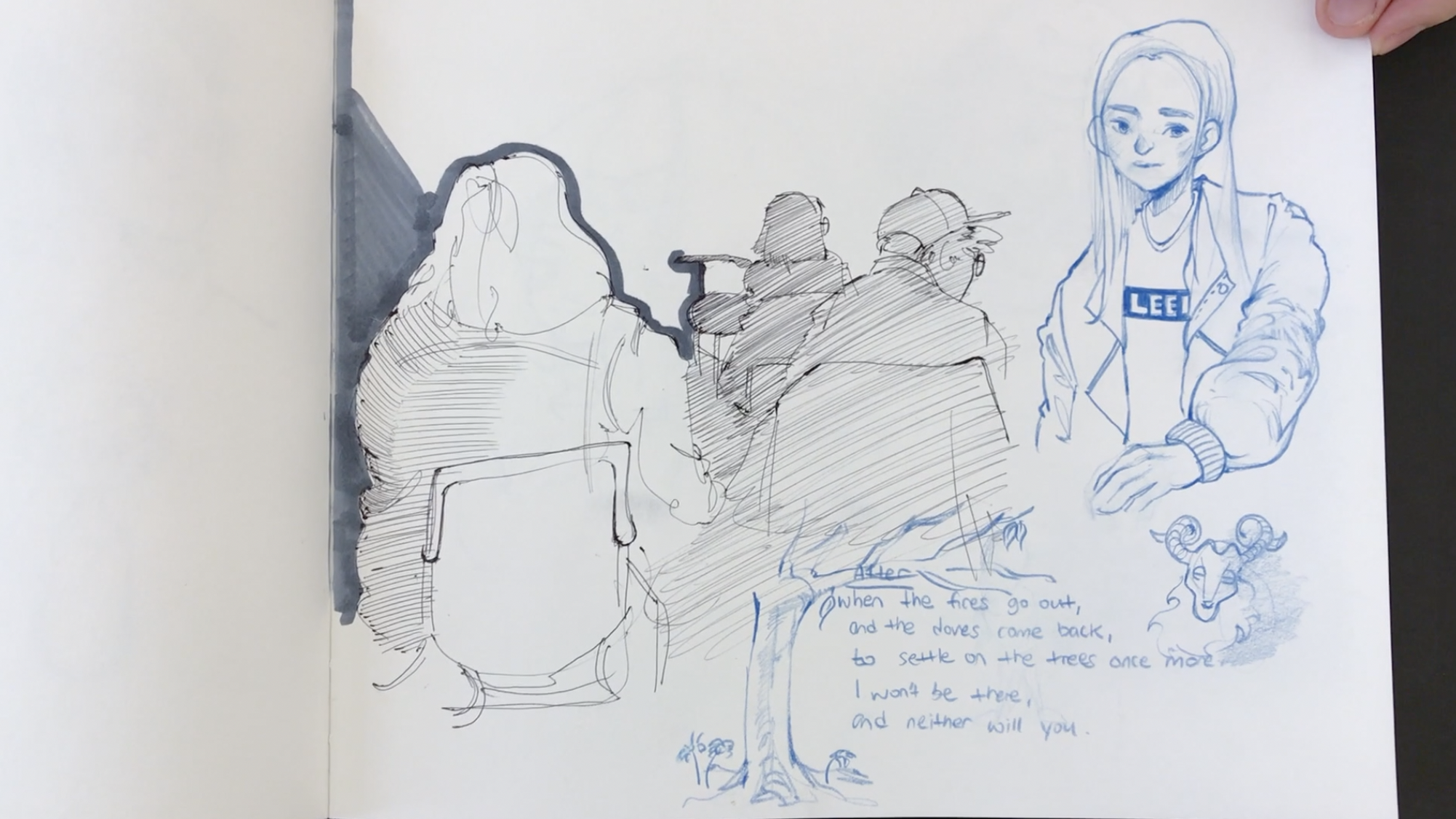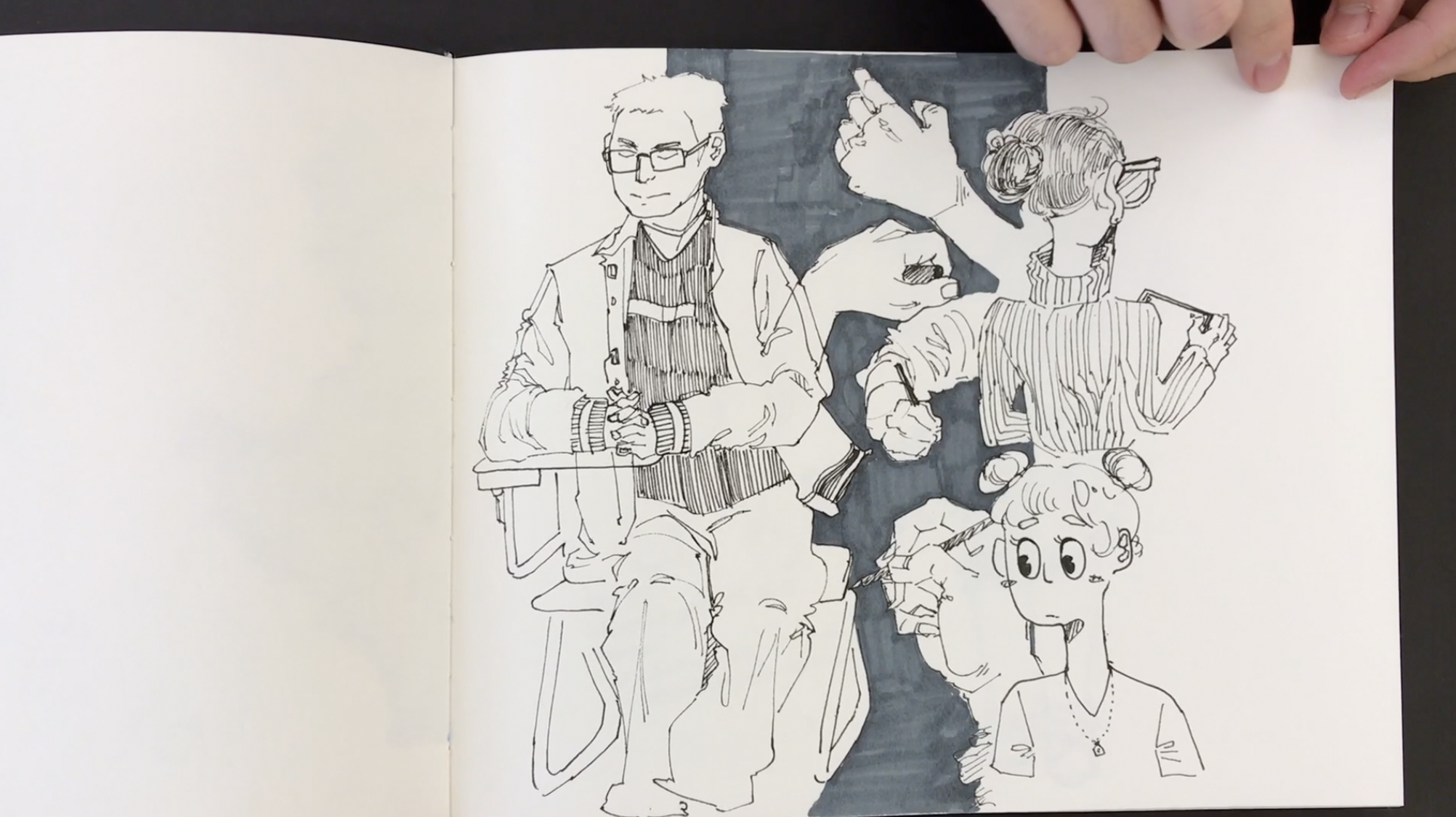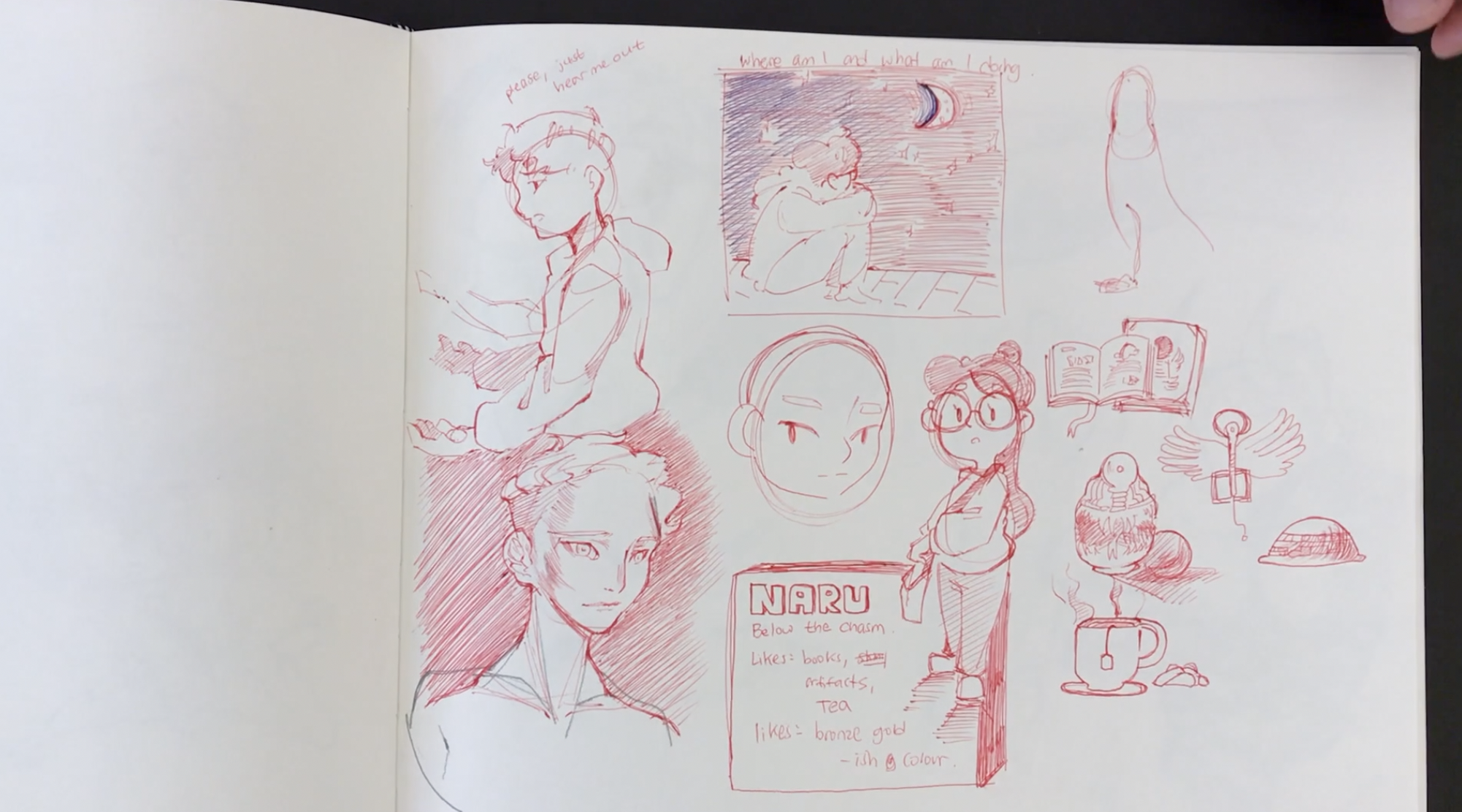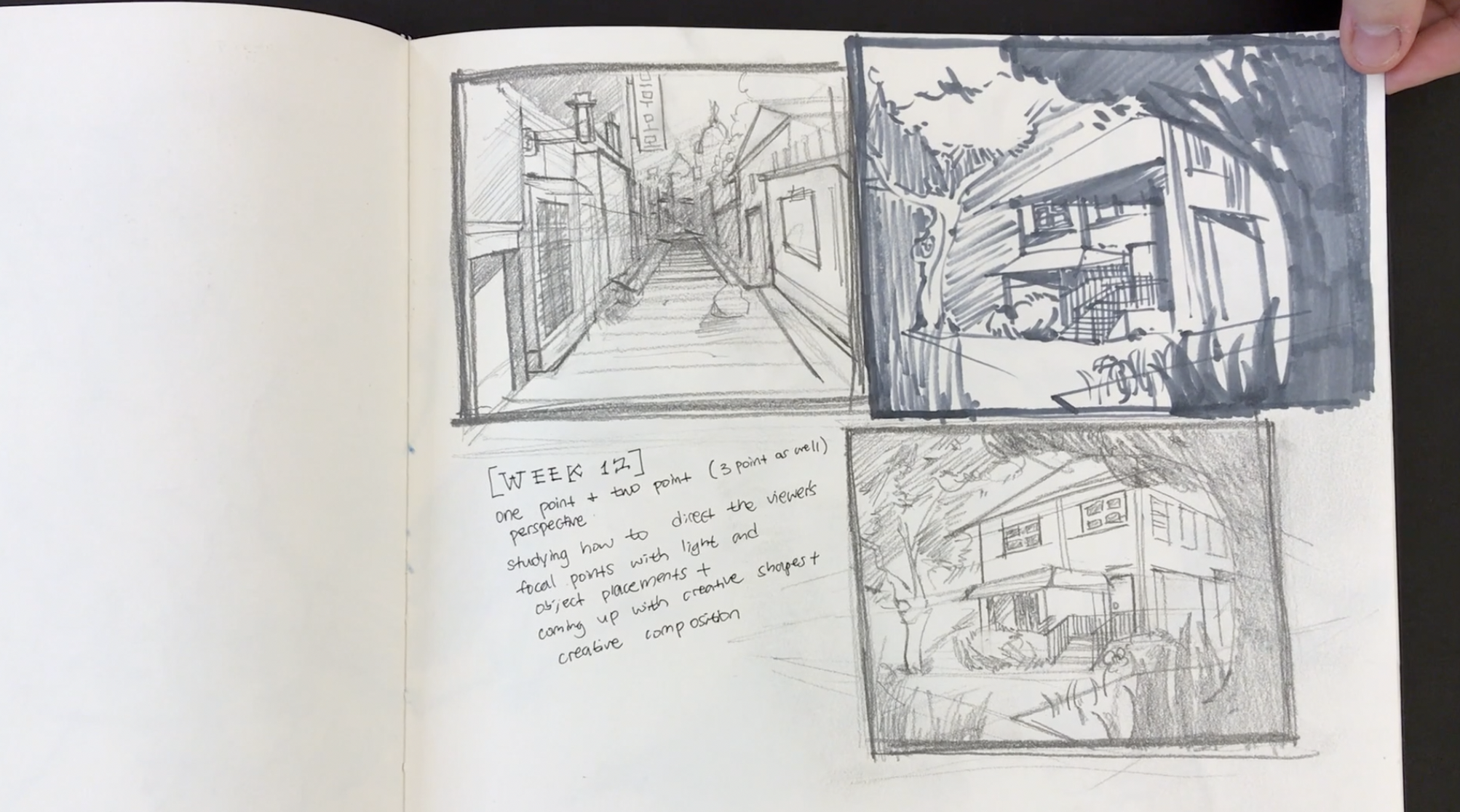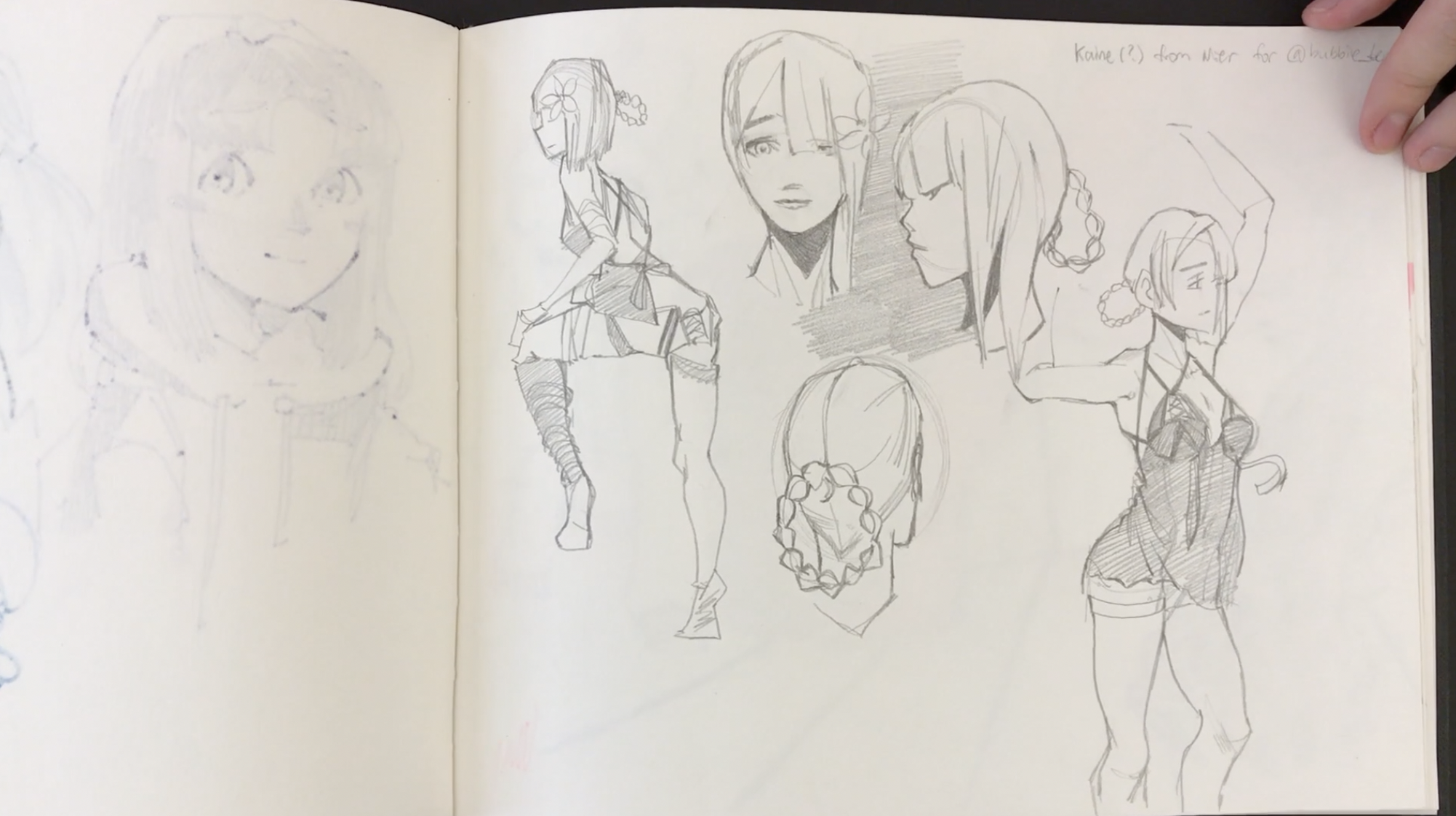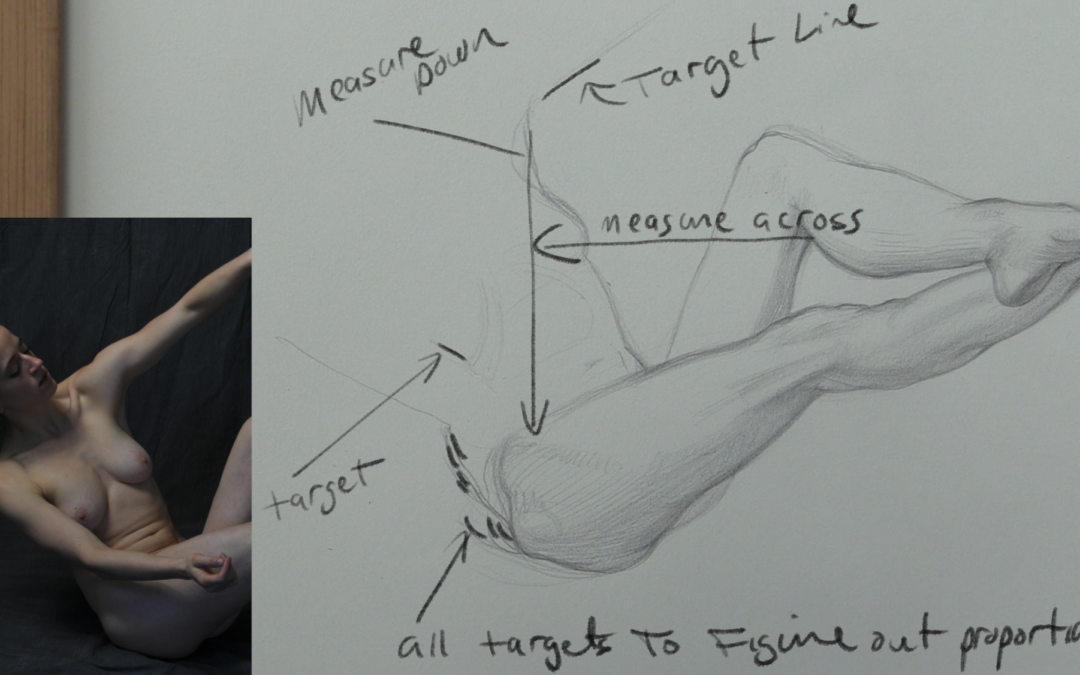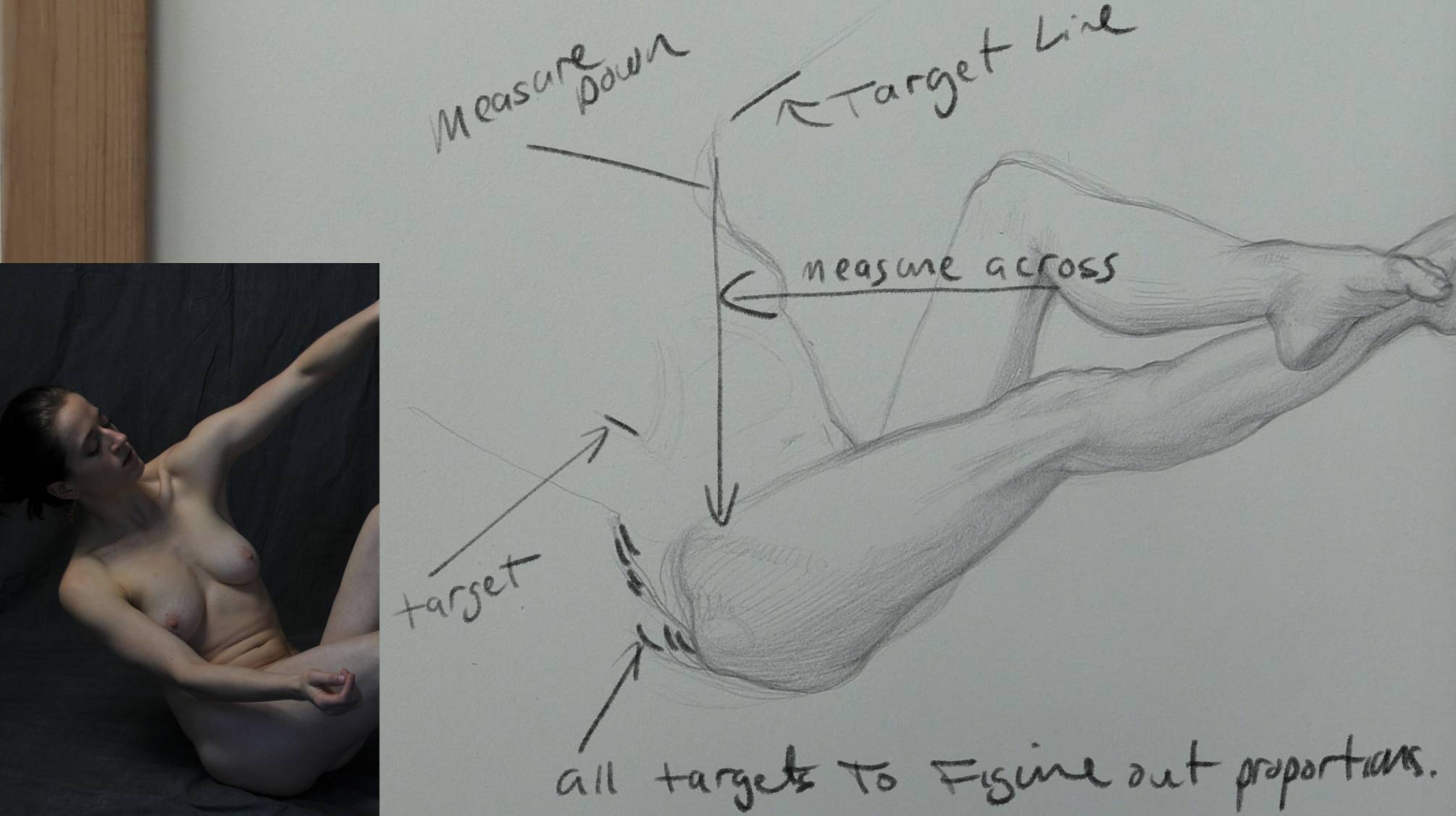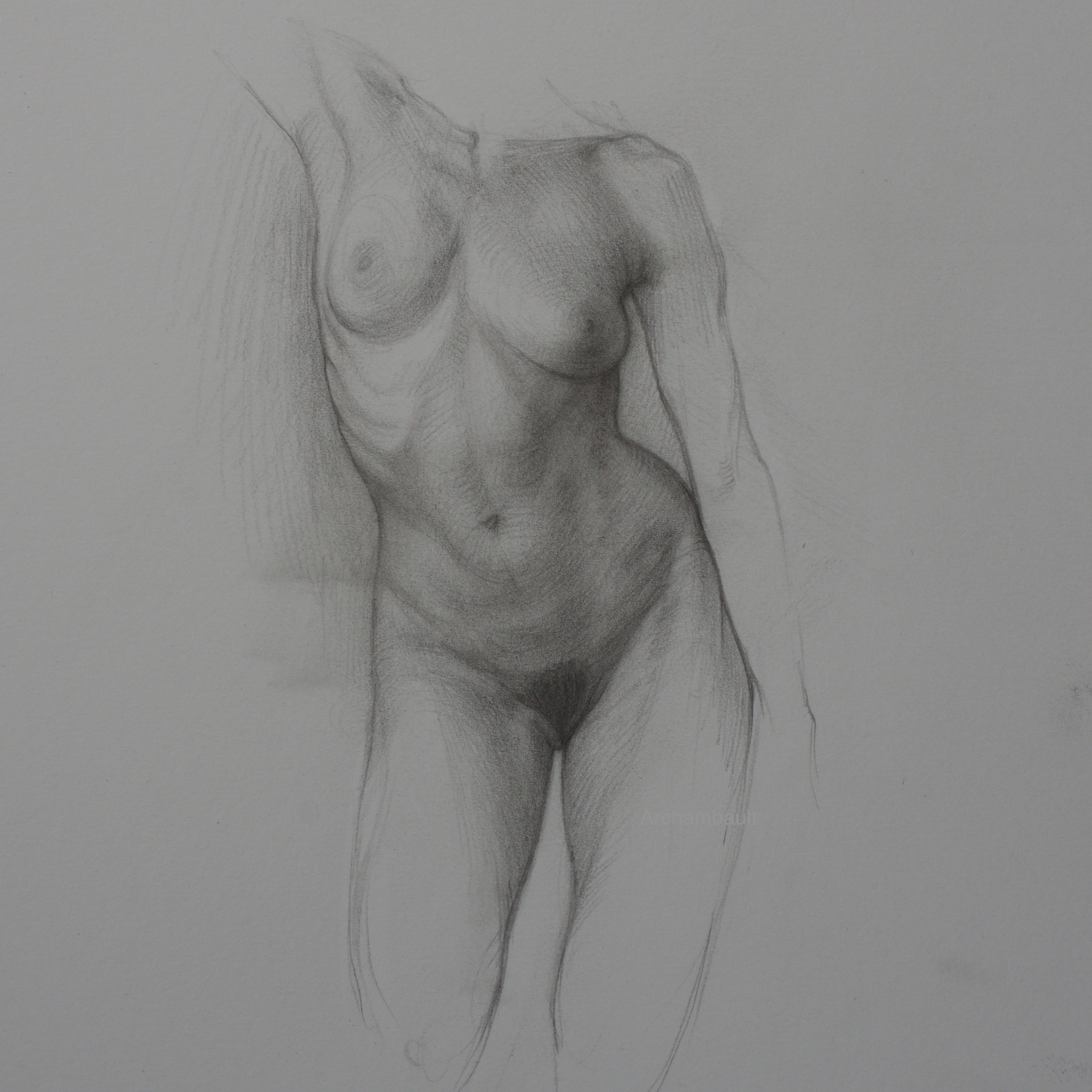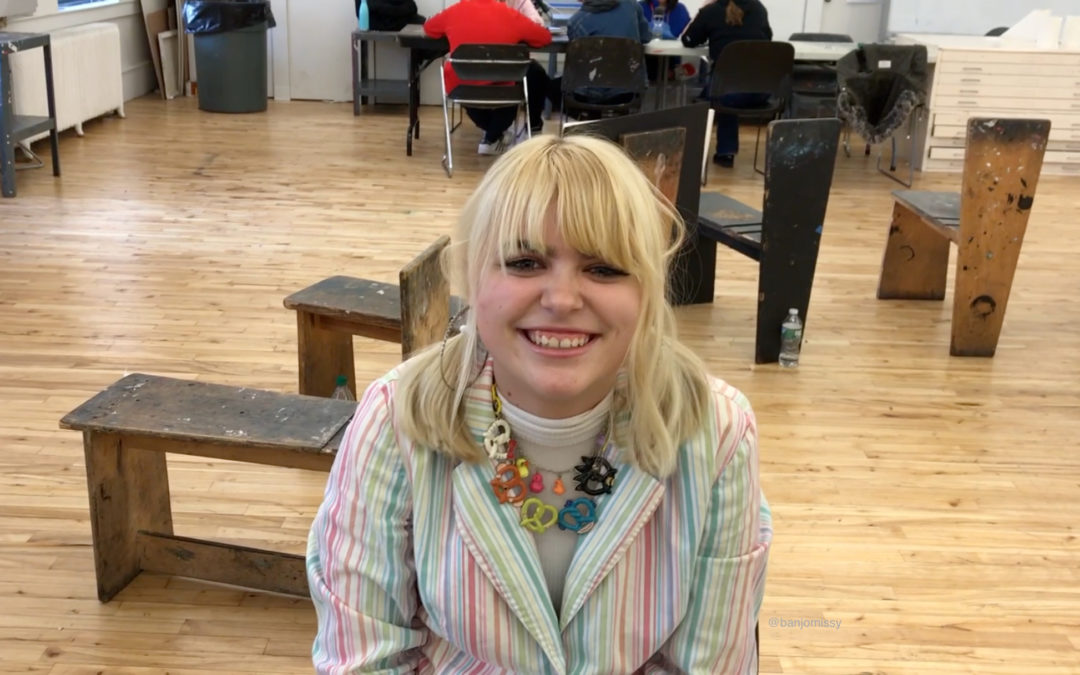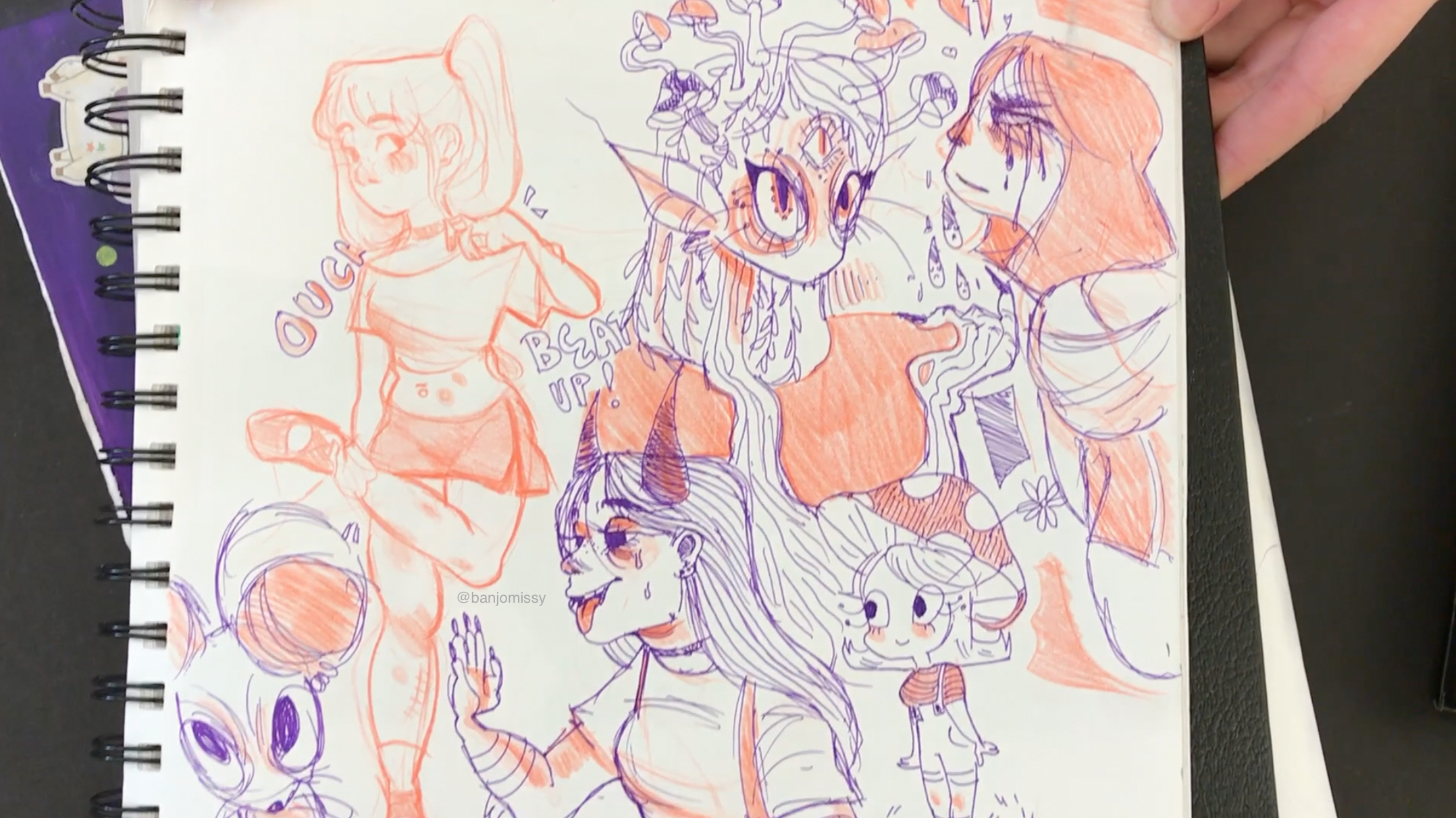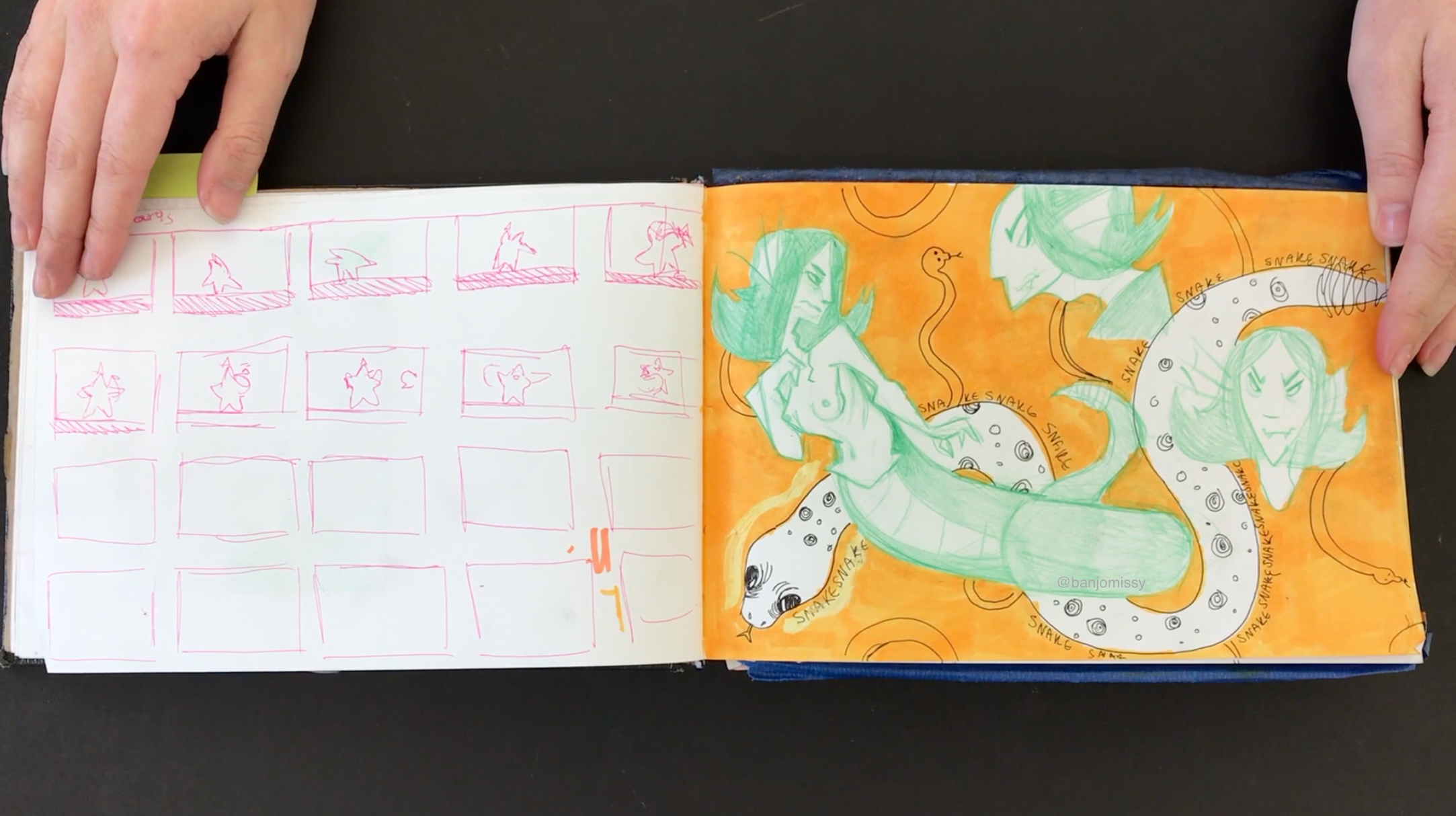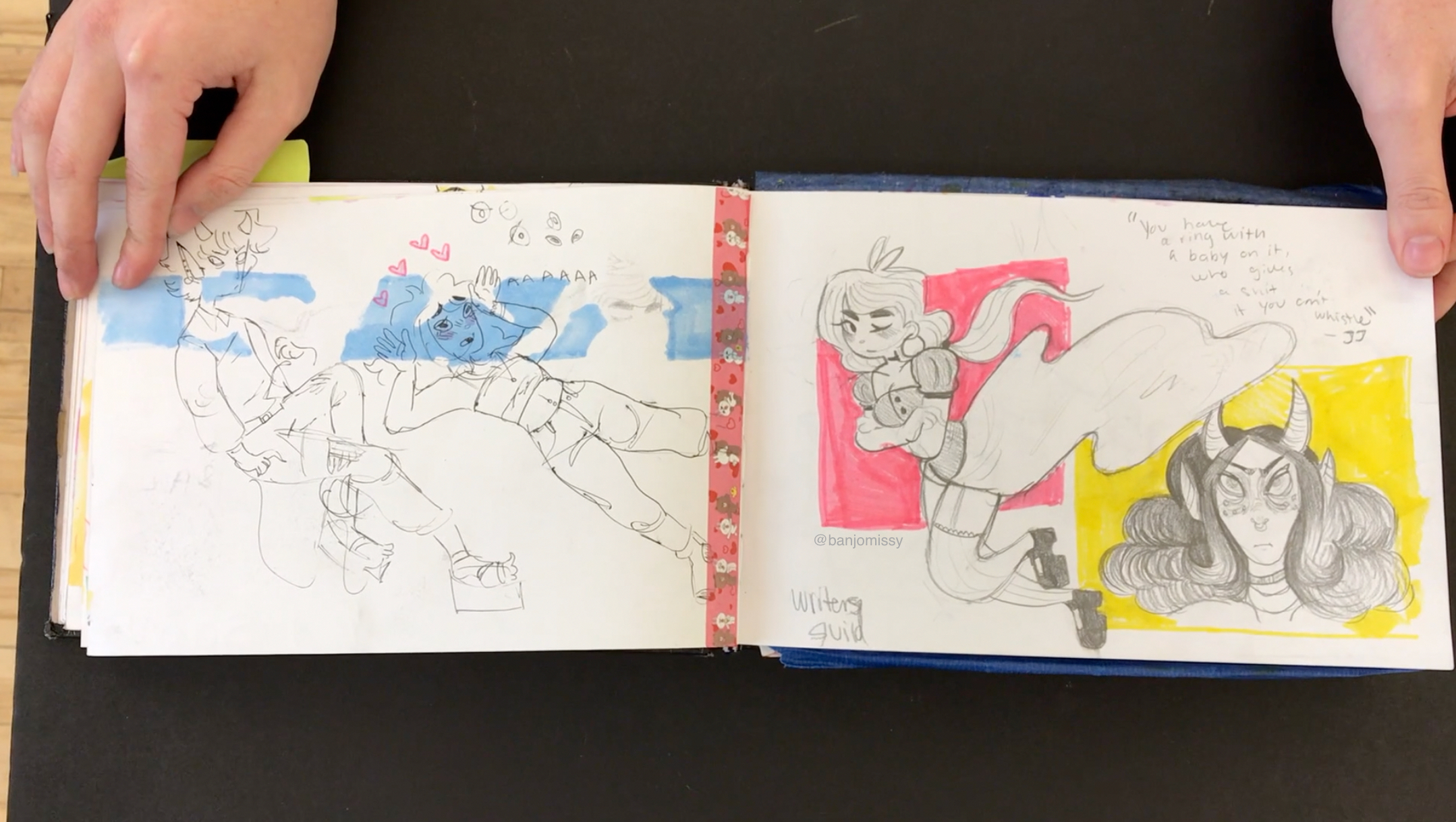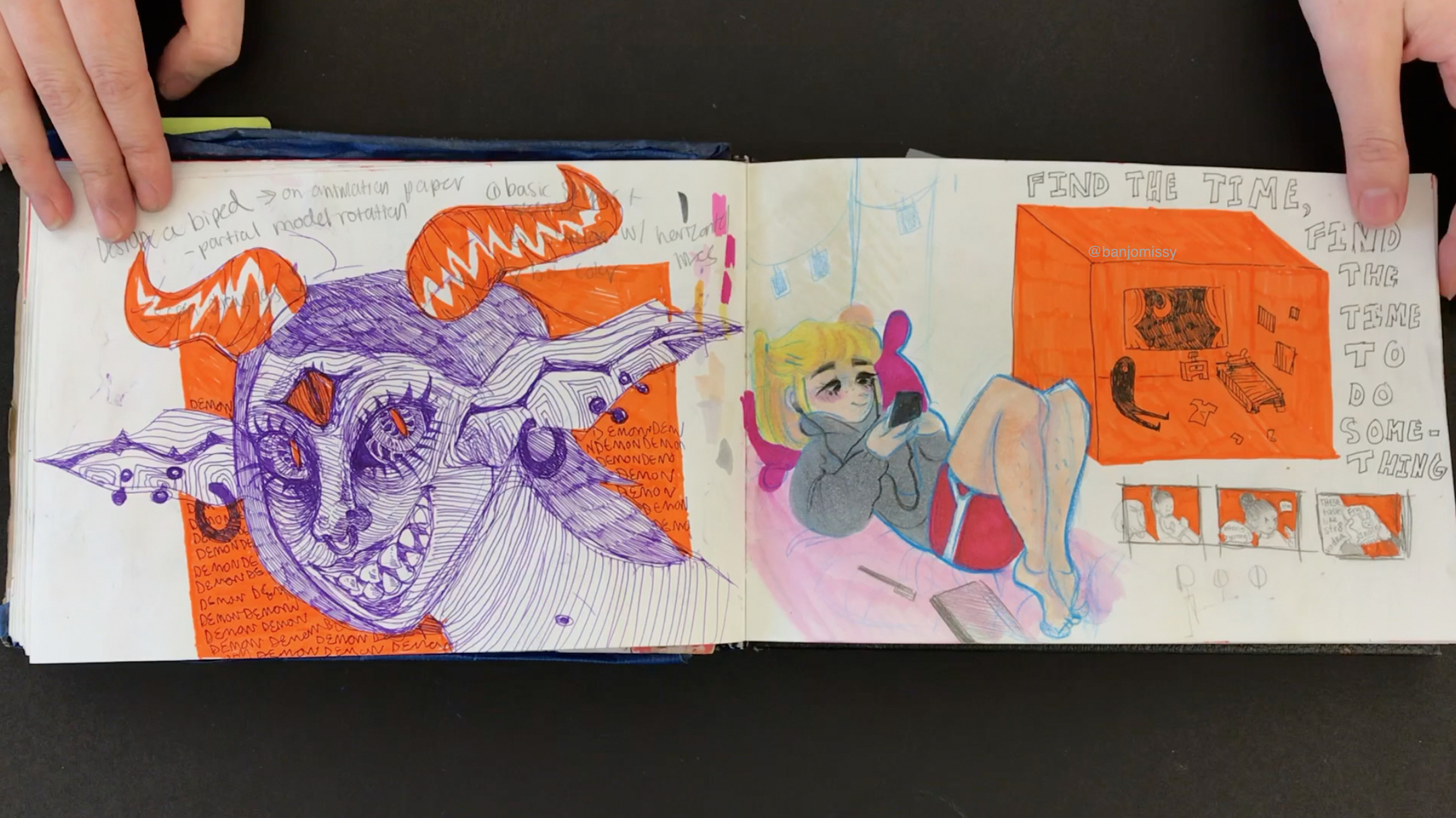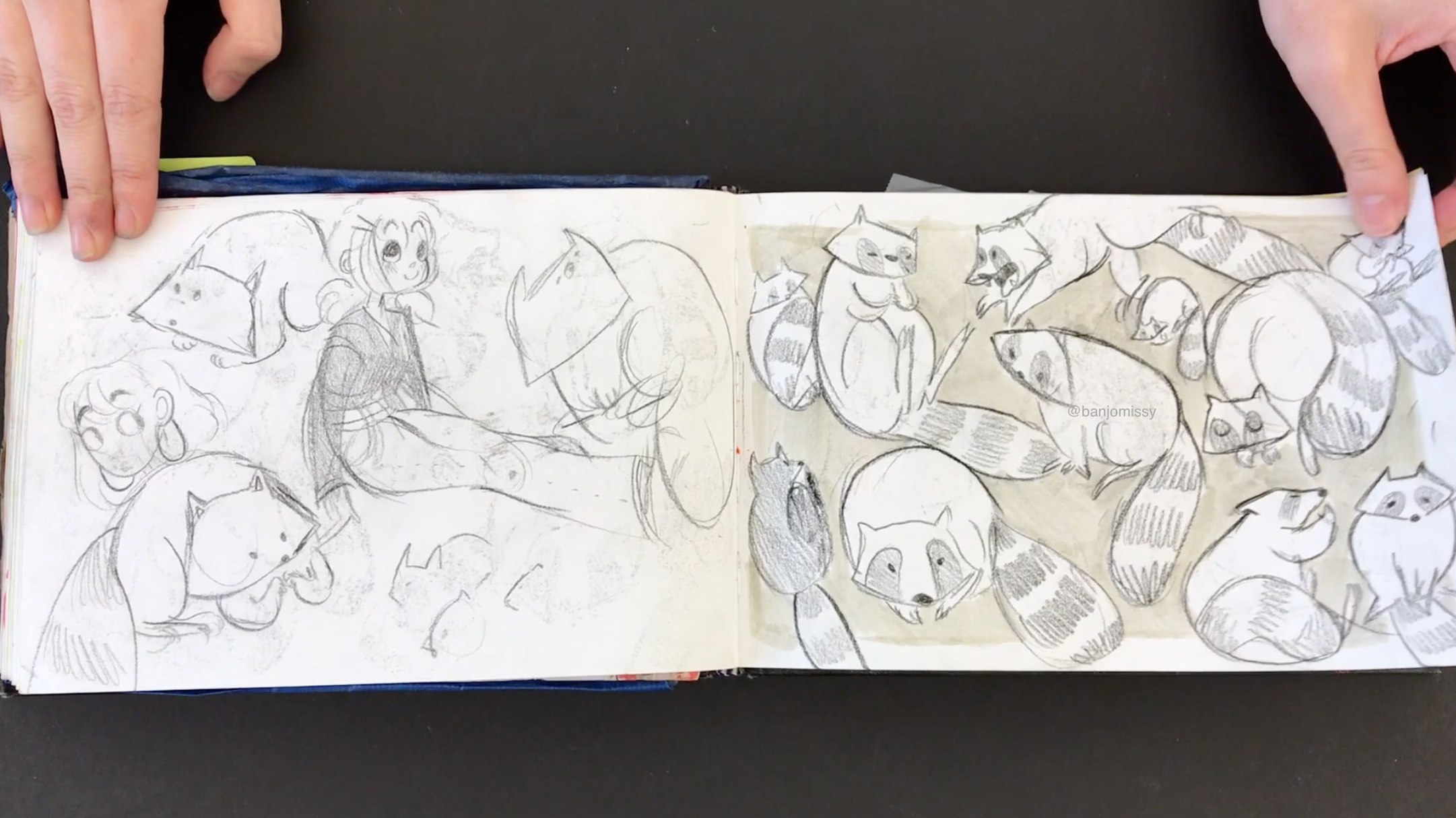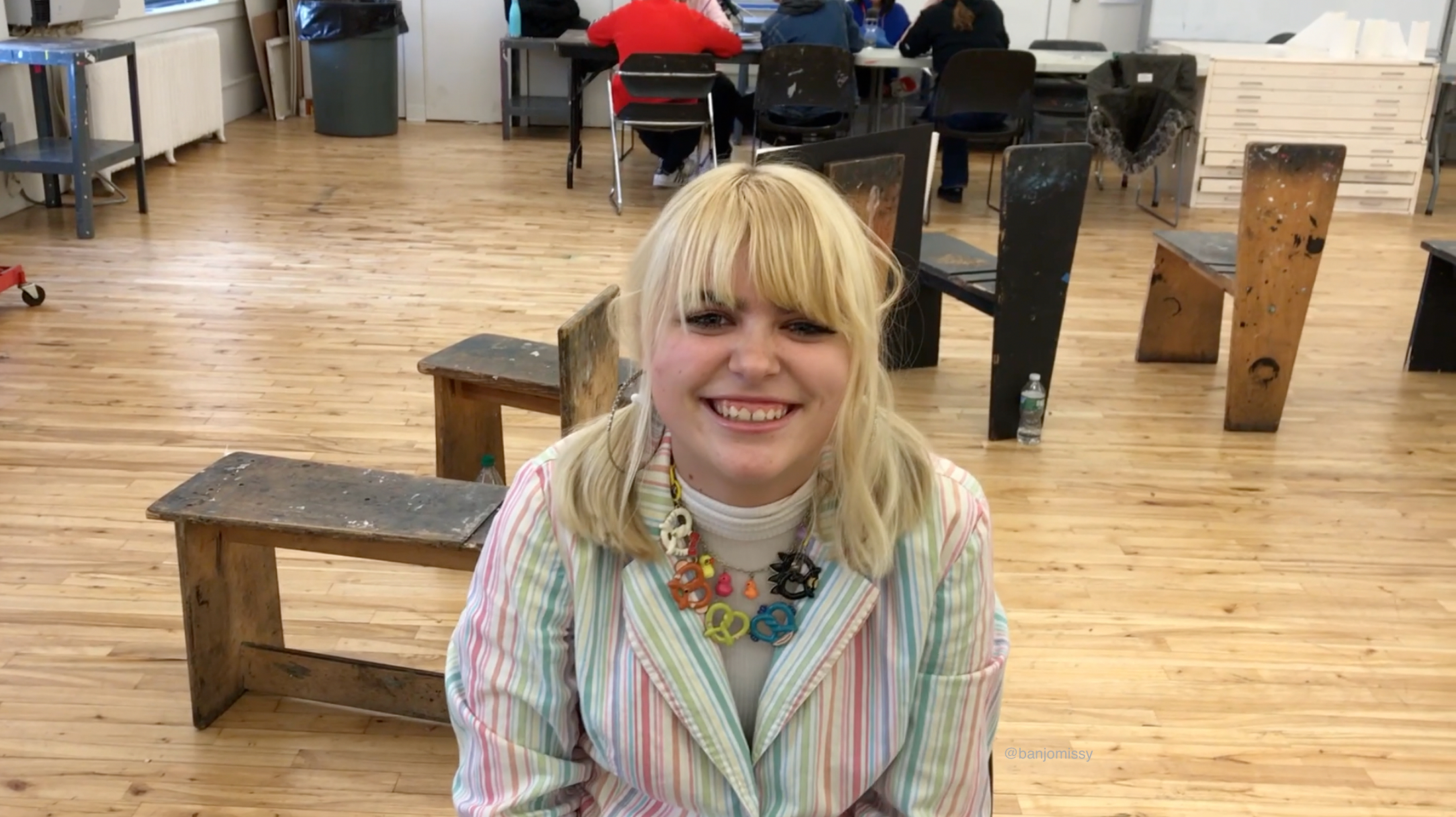
Dennis’s Sketchbook – Quiet & Cool
Dennis is a student currently enrolled in my foundation drawing class at the School of Visual Arts. Dennis is certainly a quiet student who goes about his learning in a methodical way.
You can really see the progress Dennis makes in his sketchbook. Towards the end his drawings just take on a whole different feel. They becomes much more relaxed. Dennis’s drawings look much more refined.
It really is amazing what can happen when you push yourself to finish two sketchbooks in fifteen weeks. If you want to improve your artwork you just have to draw more. It’s really that simple. I’d like to say it’s about quality and not quantity, but it’s really about more versus less.
Specifically when learning how to draw. When it comes to creating pieces for a portfolio, then it’s quality over quantity, less is best.
Thank you for taking the time to take a look at Dennis’s sketchbook. I trust you will see his progress.

